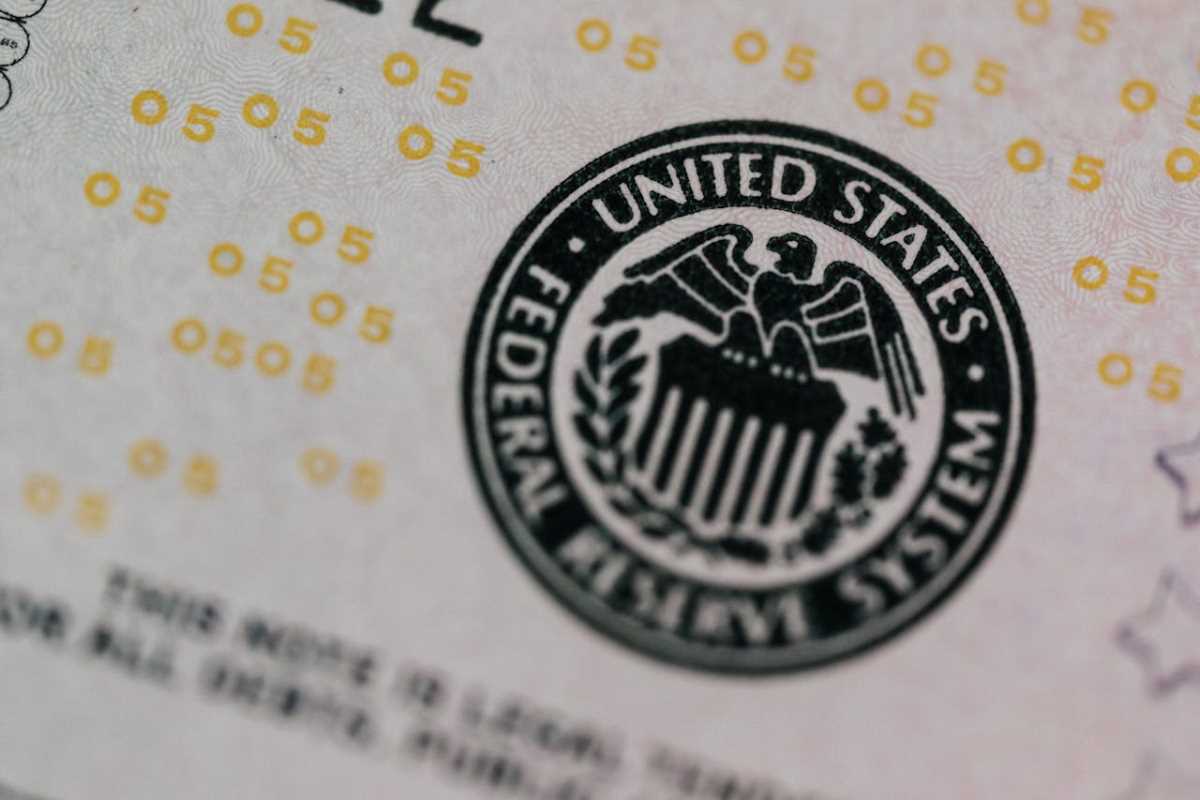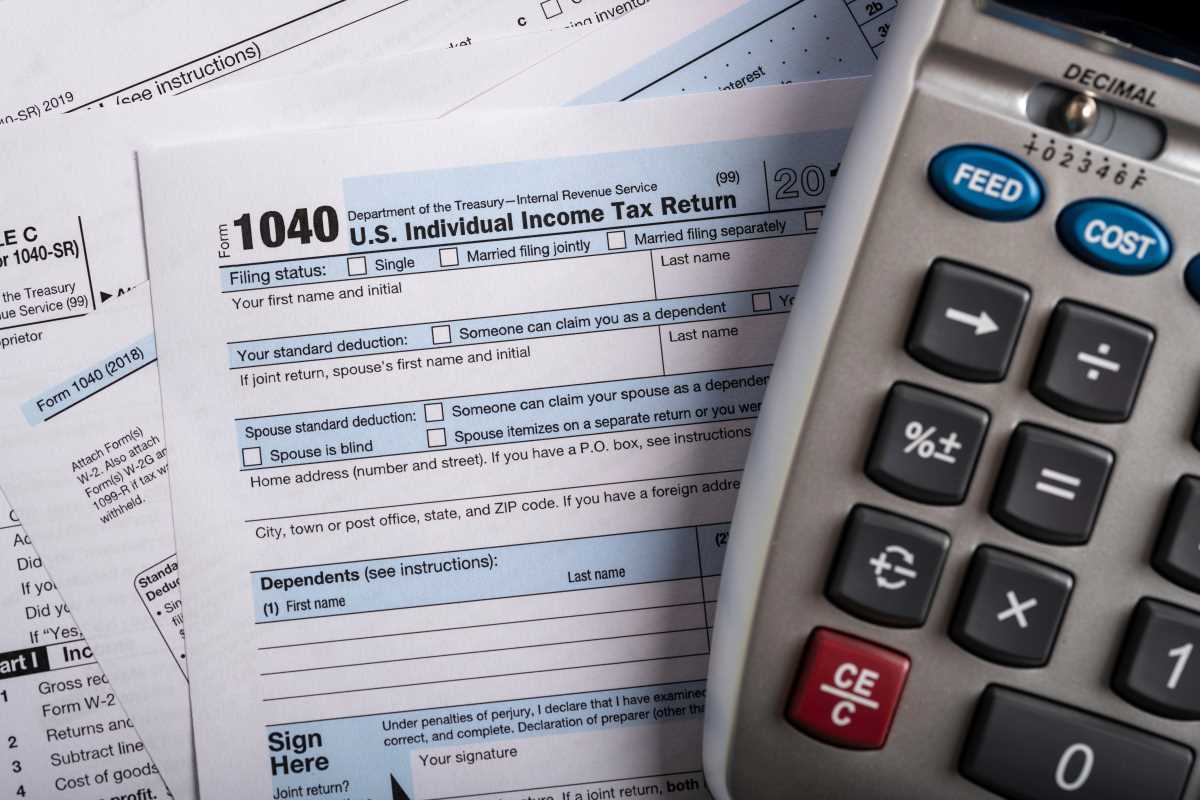Working as a freelancer comes with a lot of perks—flexibility, independence, and the ability to pursue work that excites you. However, managing finances as a freelancer presents some unique challenges. Unlike traditional employees, freelancers don’t have a steady paycheck or employer-provided benefits like health insurance and retirement plans. Instead, it’s up to you to juggle irregular income, taxes, and savings on your own.
This might sound overwhelming at first, but with the right strategies, you can stay in control of your money and thrive professionally. Below, you’ll find actionable tips and tools to help you master financial management as a freelancer—whether you’re just starting out or looking to refine your approach.
Create a Budget That Reflects Your Variable Income
A budget is the foundation of good financial management, but freelancers need to approach it a little differently since their income fluctuates. Instead of basing your budget on what you plan to make, focus on what you consistently earn.
Step 1: Figure Out Your Average Monthly Income
Look at your earnings over the past 6 to 12 months to calculate a monthly average. This provides a realistic baseline to work from. For new freelancers with limited earning history, estimate conservatively and adjust as needed.
Step 2: Identify Fixed and Flexible Expenses
Separate your monthly expenses into two categories:
- Fixed expenses, like rent, utilities, insurance, and debt payments.
- Flexible expenses, such as groceries, entertainment, and dining out.
Prioritize covering your fixed expenses first, then allocate what’s left to other categories.
Step 3: Build a Cushion for Low-Income Months
Freelancing is unpredictable. One month is booming with projects, while the next may bring fewer gigs. Create a buffer by saving a percentage of your earnings each month—experts recommend at least 20%—to build a financial safety net.
Keep Business and Personal Finances Separate
Mixing business and personal finances can make it harder to track your income, expenses, and overall progress. Setting up a clear division between the two simplifies everything from invoicing clients to filing taxes.
- Open a Dedicated Business Bank Account
Having a separate account for your freelance income and expenses makes it easier to see how your business is performing. It also keeps your personal finances tidy.
- Use a Business Credit Card
A business credit card can help manage cash flow and build your credit score. It’s a convenient way to pay for tools and subscriptions, and many cards offer rewards like cash back or airline miles.
- Track Expenses for Tax Deductions
Freelancers can deduct business expenses like software, office supplies, and even a portion of your rent or internet bill (if you work from home). Apps like QuickBooks Self-Employed or Expensify keep your receipts organized and accessible when it’s tax time.
Master the Art of Saving for Taxes
Unlike traditional employees whose employers withhold taxes, freelancers are responsible for setting aside money to cover their tax liabilities. Forgetting to plan for taxes can leave you scrambling (or worse, in debt).
Know Your Tax Obligations
Freelancers in the U.S. need to pay both federal and state taxes, as well as self-employment taxes, which cover Social Security and Medicare. Research the rules in your country or state to determine your specific tax responsibilities.
Save Consistently
Set aside 25-30% of each payment you receive for taxes. Automate this process by transferring money into a separate tax savings account as soon as you get paid.
Pay Quarterly Estimated Taxes
Freelancers are required to make estimated tax payments every quarter. Use tools like IRS Form 1040-ES or a tax calculator to estimate what you owe. Apps like TurboTax can guide you through the process.
Automate Your Finances
Freelancers juggle a lot—client work, networking, pitching, and more. Automating parts of your financial management can save time and reduce stress.
- Automate Bill Payments
Set up automatic payments for recurring expenses, like your cell phone bill or website hosting fees. This ensures nothing falls through the cracks during busy periods.
- Use Savings Apps
Apps like Digit or Qapital automatically move small amounts of money into savings based on your spending habits. It’s an easy way to build up your cushion without thinking about it.
- Invoice Clients With Software
Freelancers often lose track of unpaid invoices. Platforms like FreshBooks or Wave help you create invoices, track payments, and even send reminders—all automatically.
Diversify Your Income Streams
Relying too heavily on a single client or gig can leave you vulnerable during slow seasons. Diversifying your income streams spreads the risk and creates added financial stability.
Offer Complementary Services
For example, if you’re a freelance writer, consider offering editing, consulting, or blogging workshops. These related services build on your current skills and attract a broader range of clients.
Explore Passive Income Options
Selling digital products, like eBooks, tutorials, or design templates, can create an additional income stream. While it takes time to set up, passive income helps fill gaps in your cash flow.
Freelance on Multiple Platforms
Instead of relying on one marketplace (like Upwork or Fiverr), explore multiple platforms to increase your visibility and opportunity for projects.
Plan for Retirement
Retirement planning often takes a back seat to short-term financial needs, but freelancers need to be proactive about saving for the future.
- Open a Retirement Account
Consider options like a Roth IRA, SEP IRA, or Solo 401(k), depending on your income and business structure. These accounts offer tax advantages and help you build long-term wealth.
- Automate Contributions
Treat retirement savings as a non-negotiable expense. Contribute a fixed percentage of your income every month—10-15% is a good target.
- Start Early
The sooner you start saving, the more time your investments have to grow. Even small contributions compound significantly over time.
Protect Yourself With Insurance
Unexpected challenges like illness, accidents, or client disputes can derail your finances. Protect yourself with the right insurance policies.
- Health Insurance
Look into health insurance plans through freelancers' unions or the healthcare marketplace.
- Liability Insurance
If your work involves contracts or potential risks (e.g., graphic design or IT consulting), professional liability insurance can protect you against legal disputes.
- Emergency Fund
Save three to six months' worth of expenses in an emergency fund. This safety net helps cover unexpected costs without derailing your long-term goals.
 (Image via
(Image via





